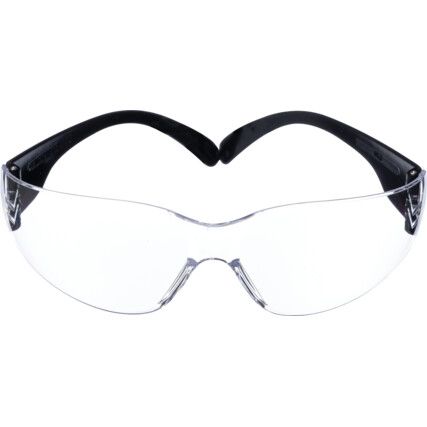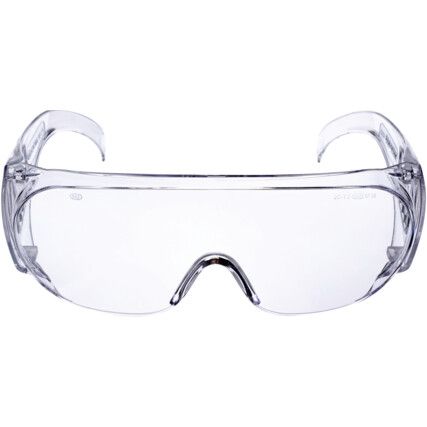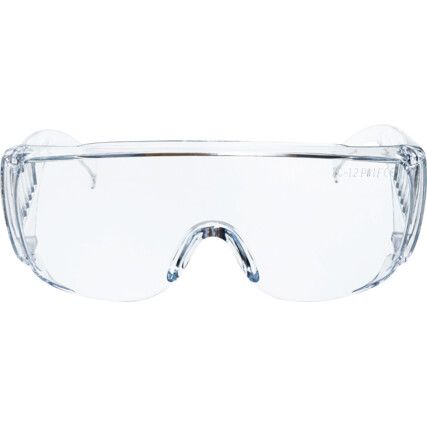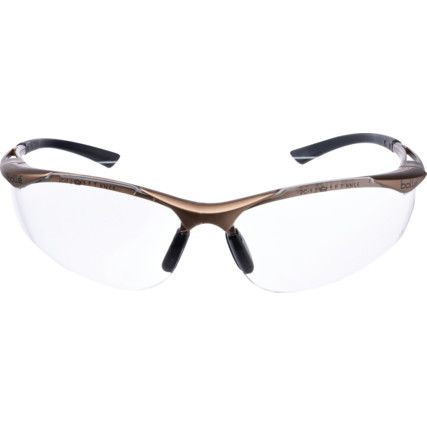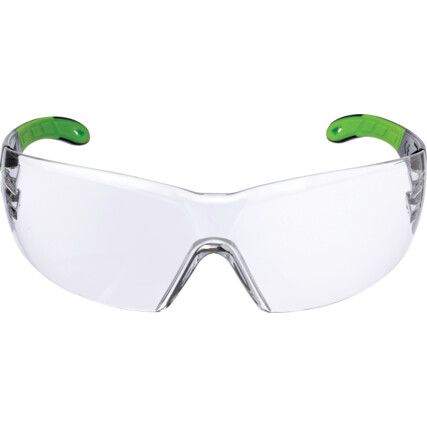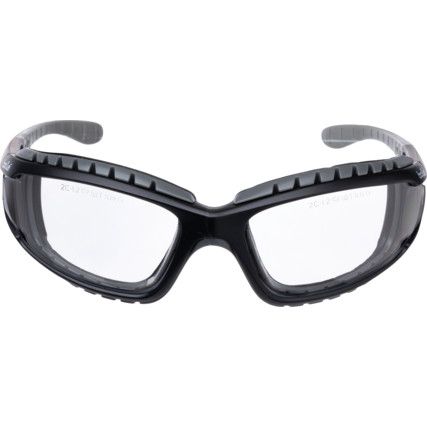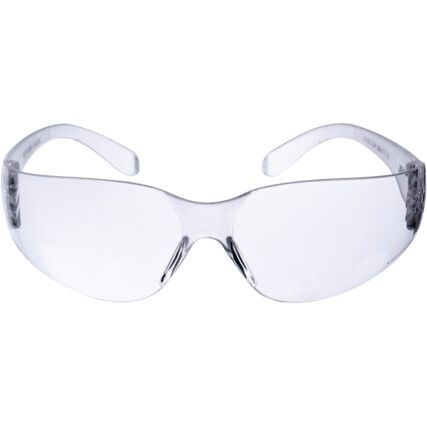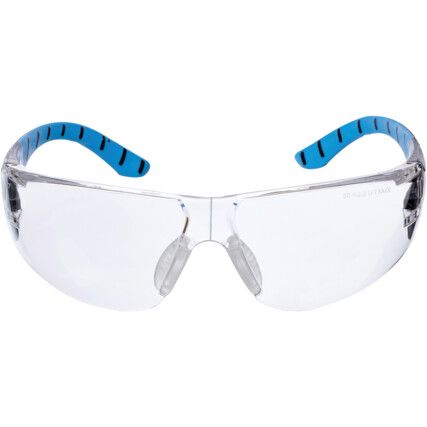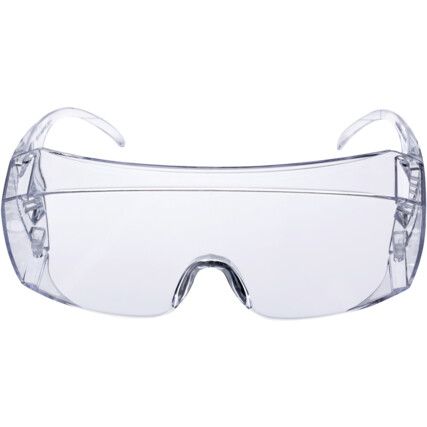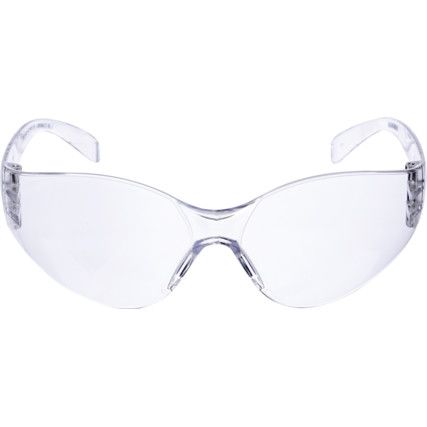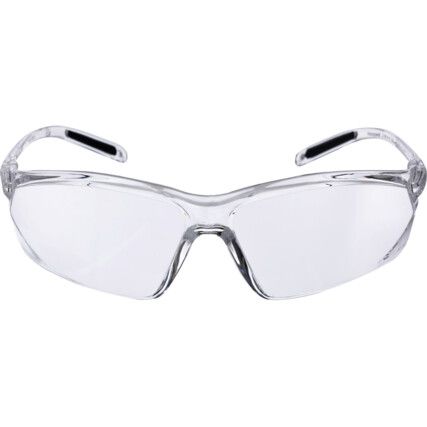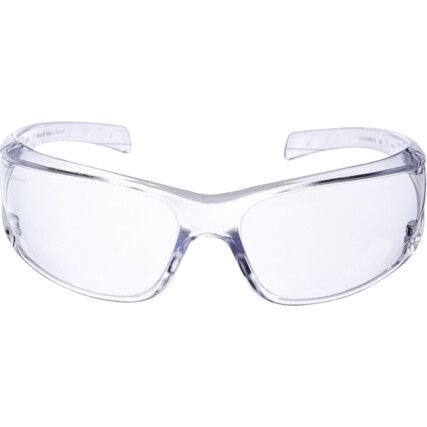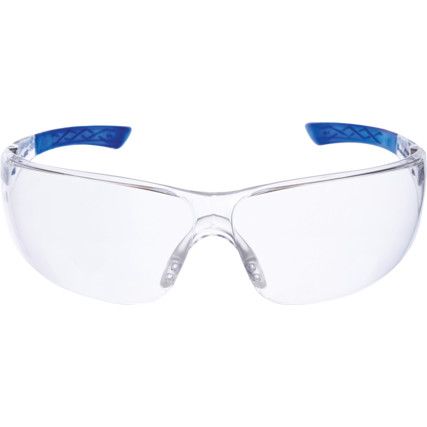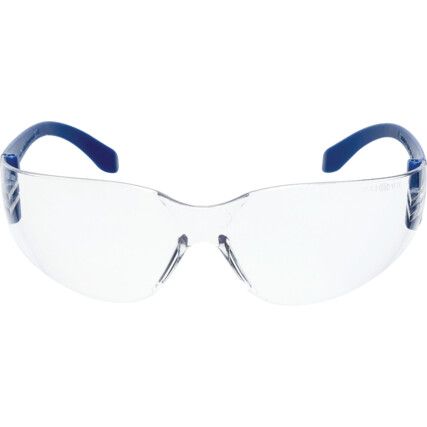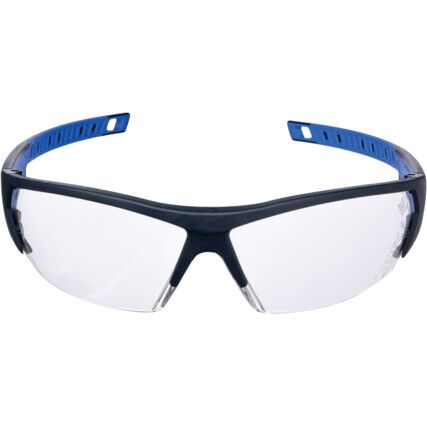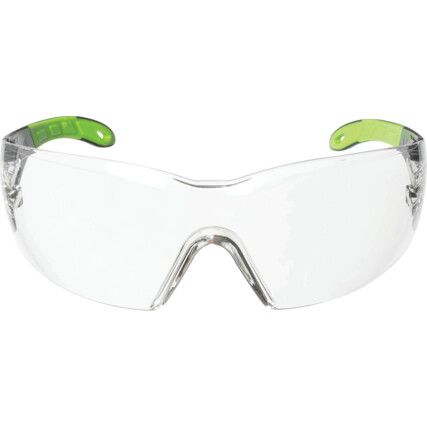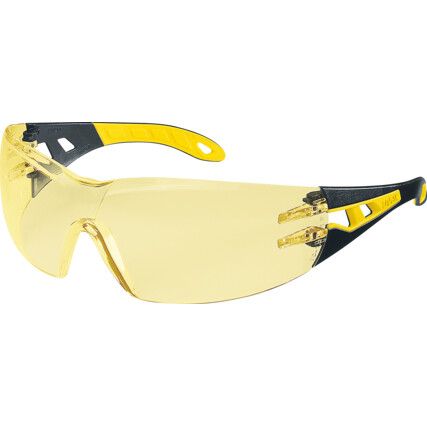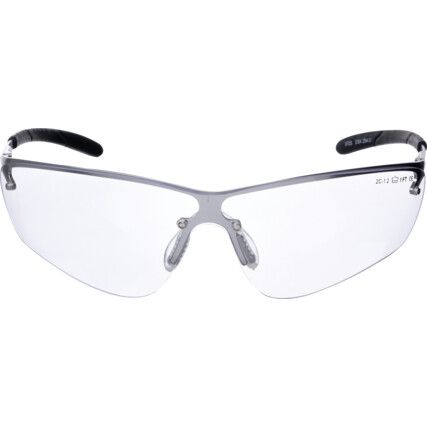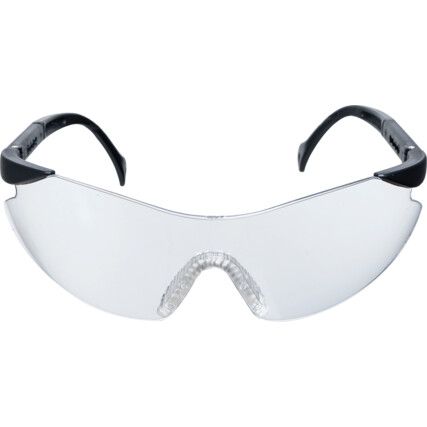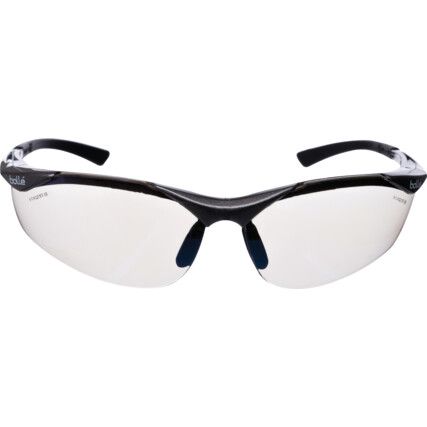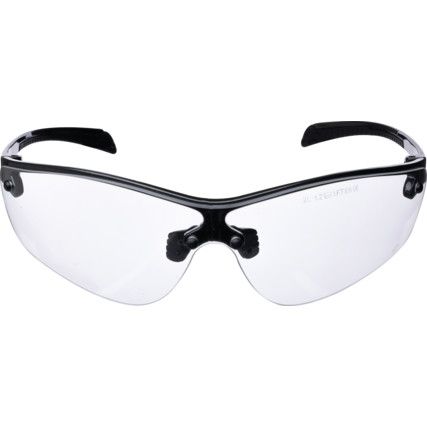Safety Glasses
For stylish and versatile eye protection, we stock a wide selection of safety glasses to suit your safety requirements. Available in a range of frame styles and materials, with a variety of lens tints, filters, and coatings, we supply safety spectacles that are adaptable to each user. We even offer prescription safety glasses, with single vision, bifocal or varifocal lenses delivered with a scratch-resistant coating.
At Cromwell, we offer a high-quality range of safety spectacles from well-known brands, like Uvex®, Bollé® and Honeywell®.
What are safety glasses?
Designed to provide impact protection and visual clarity, safety glasses come in a range of styles to suit user comfort and deliver the best protection for the working environment. Frames are lightweight and incorporate flexible technology at contact points to keep the user focused and comfortable. While gaps in the frame that expose the eyes or temples are minimised to ensure the best impact protection.
Prescription lenses, coatings and tints are available to personalise each pair of spectacles, making sure that employees have maximum risk awareness to avoid accidents and keep them safe. For short contract workers, over glasses are a great alternative to prescription glasses wearers. These have the advantage of protecting the owner's glasses as well as their eyes and temples.
Why safety glasses?
Safety glasses are a versatile eyewear solution and cover many points in PPE legislation. Available in a wide range of designs, with lens treatments, filters and tints available, as well as prescription options, a pair of safety glasses can be personalised to a single user's requirements to ensure maximum visual clarity and protection for that individual.
When are safety glasses used?
In an environment where impact from dust and debris is frequent, safety glasses should be worn. Similarly, safety glasses offset exposure to harsh lighting or infrared radiation with the use of lens filters.
Safety glasses types
Safety glasses come in a wide range of designs and styles to suit both the setting and the end-user. One of the most adaptable features for this type of protective eyewear is the filter and tint of the lenses. Each offers its own advantages depending on the environment and the protection required, so it's important that the right filter or tint is chosen to suit the task at hand. Regardless of lens treatment, safety spectacles must always conform to the EN 166 standard and be CE marked.
• Amber - Filters blue light to help distinguish between colours
• Clear - The best for visual clarity and colour perception
• Blue - Reduces glare from yellow light
• Brown - Combats brightness to help distinguish between colours
• Gray - Reduces the impact of bright light
• Infrared - Filters infrared radiation to minimise the impact on the eyes.
Considerations when choosing safety glasses
• Hazards - a risk assessment should be conducted to highlight the hazards each worker will be exposed to so the correct protection can be chosen.
• Comfort - it's important to ensure the glasses fit correctly and are comfortable for the end-user. Training in fitting and caring for the glasses should be given to employees to make them more inclined to wear them long-term without frequent breaks.
• Environment - the type of workplace environment will dictate the coatings required to maintain the lenses and ensure optical clarity. For example, frequently moving between variations in temperature will require an anti-fog coating, while glasses exposed to high-speed impact will benefit from an anti-scratch coating.
• PPE - a risk assessment may highlight hazards that require safety glasses to be worn in conjunction with other PPE. Some designs are available specifically for this.
Safety glasses jargon buster
We want to make it easy for you to find what you're looking for, so we've shed some light on a key eyewear safety standard, so you can better understand the benefits and applications of the range.
What does the personal eye protection standard EN 166:2001 mean?
EN 166:2001 specifies the protection requirements for safety eyewear in accordance with European standards. It must be marked on safety spectacles, usually on the arm of the frame and on the lens and is followed with safety codes to clarify the level of protection the eyewear provides, i.e., EN 166 1FTKN, or EN 166 1F.
Let's break it down...
• EN - This is the current standard across Europe
• 166 - This is the assigned legislation number
• 2001 - This is the year the safety standard was updated
• 1 - The clarity provided by the lens, 1 is the highest
• F - Low energy impact protection
• T - Impact protection at varying temperatures
• K - Anti-scratch lens coating
• N - Fog-resistant lens coating
FAQs
Should I wear safety glasses all day?
Absolutely. Wearing safety spectacles that have been properly chosen for the task and fitted correctly have no side effects, and only work to protect the wearer from harm.
How long do safety glasses last?
As long as they're stored properly and maintained according to supplier instructions, safety glasses provide three years of protection before they should be replaced. However, if during this time, glasses are cracked or compromised in some other way, they should be changed immediately to ensure the correct protection is supplied.
For more information on safety glasses see our Safety Eyewear Guide... https://www.cromwell.co.uk/info/safety-technical-eye-and-face-protection
